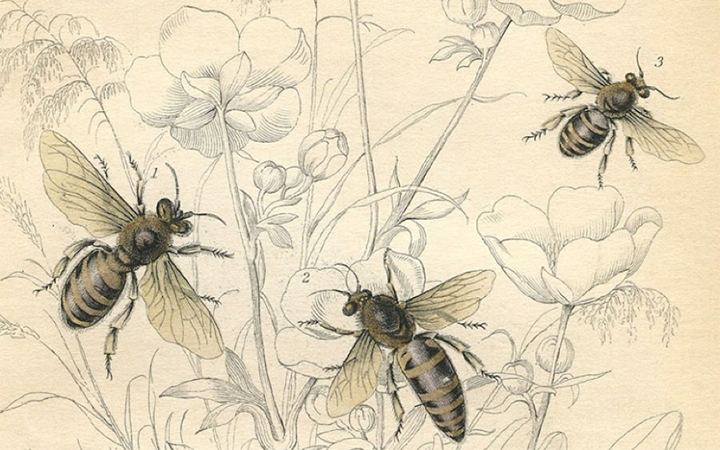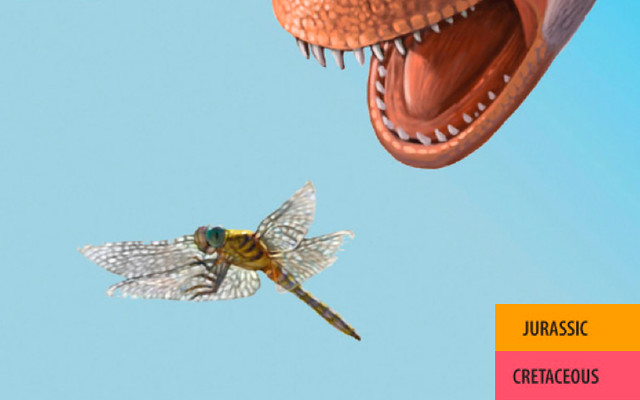Insecta

European Honey Bee
Apis Melifera


5 POINTS
Play: The European Honey Bee has a FLIGHT of 2.
Fact: THe Honey Bee Genome Sequencing Consortium fully sequenced and analyzed the genome of Apis me;;ifera in 2006.

Clouded Yellow
Colias genus



3 POINTS
Play: Clouded Yellows have a FLIGHT of 2, and need to feed off a flowering PLANTAE species.
Fact: This genus occurs throughout the Northern hemisphere, and is also found in South America, Africa, China and India.

Fruit Fly
Drosophila melanogaster


3 POINTS
Play: This fly has a FLIGHT of 2.
This tiny fly has been a favourite model organism among geneticists for over 100 years, due to it’s short life cycle, prolific reproduction, the ease of mutation, and the ease of identifying inherited traits.

Waterscorpion
Nepidae family


EXTANT | 2 POINTS
Play: MOVE of 1.
Waterscorpions are insects, but are not closely related to true scorpions.

Cockroach
Blattodea order


EXTANT | 2 POINTS
Play: MOVE of 1.
Cockroaches existed before pterosaurs and dinosaurs. The first fossils of modern cockroaches appeared in the Early Cretaceous period.

Dragonfly
Anisoptera infraorder


EXTANT | 2 POINTS
Play: FLIGHT of 1.
Dragonflies are among the fastest and most ancient flying insects in the world!